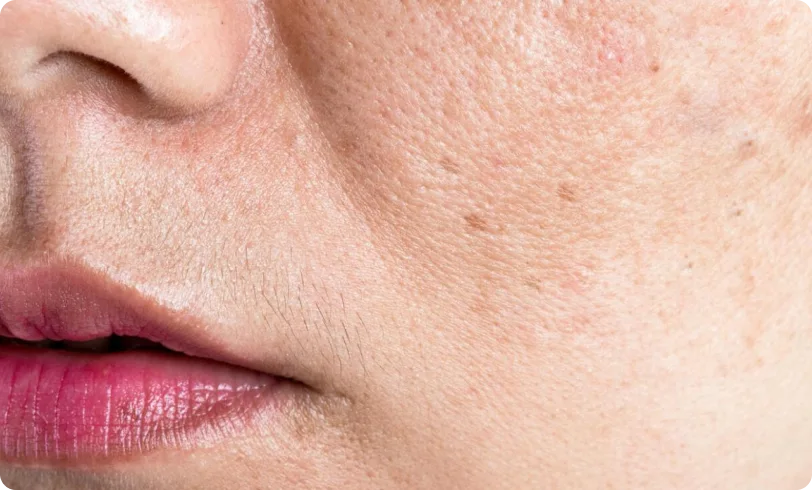

Skin Tags: Causes, Treatments And Prevention Tips
Skin tags, also known as acrochordons, are small, benign growths that typically appear on areas where the skin folds, such as the neck, armpits, groin, and eyelids. They are composed of loose collagen fibres and blood vessels surrounded by skin and can vary in size from a few millimetres to a few centimetres.